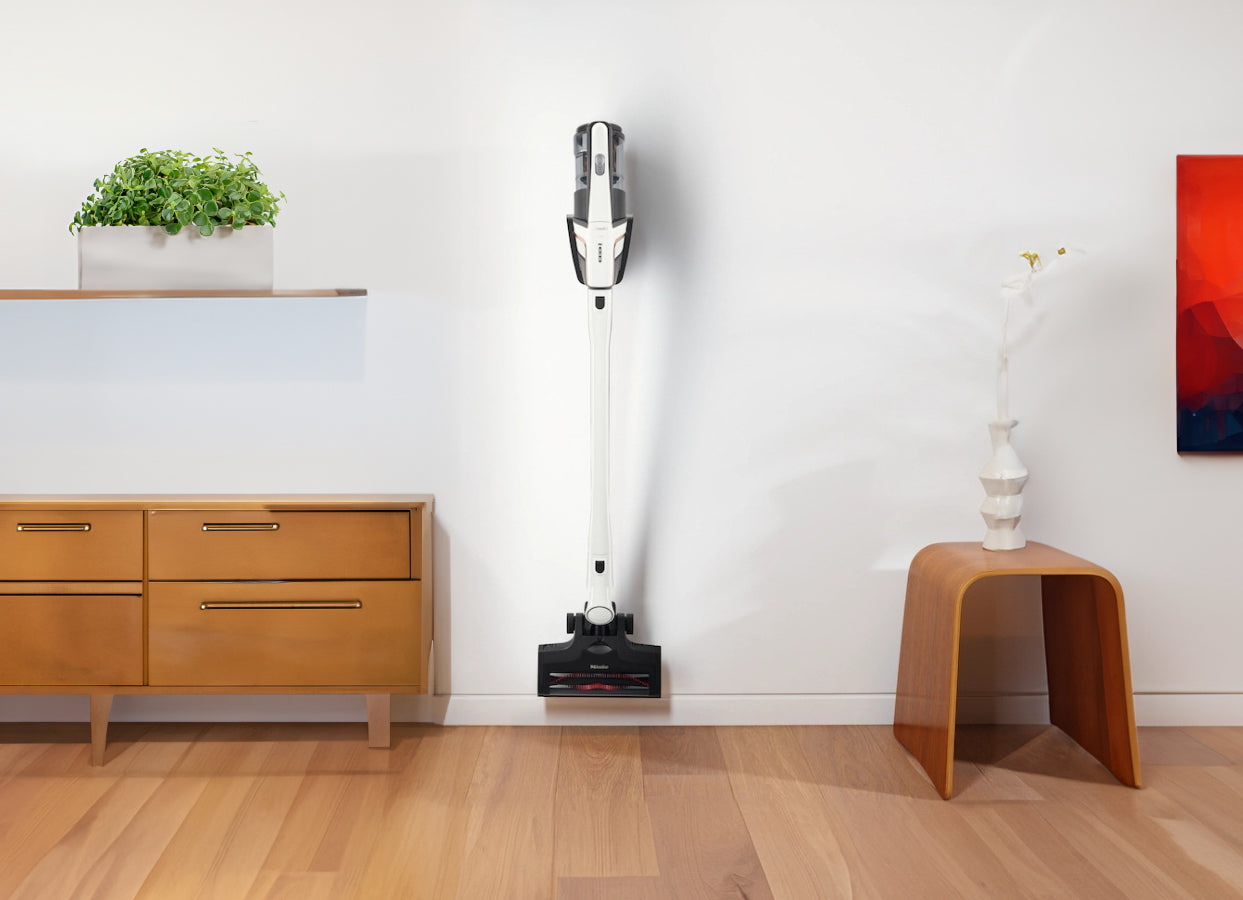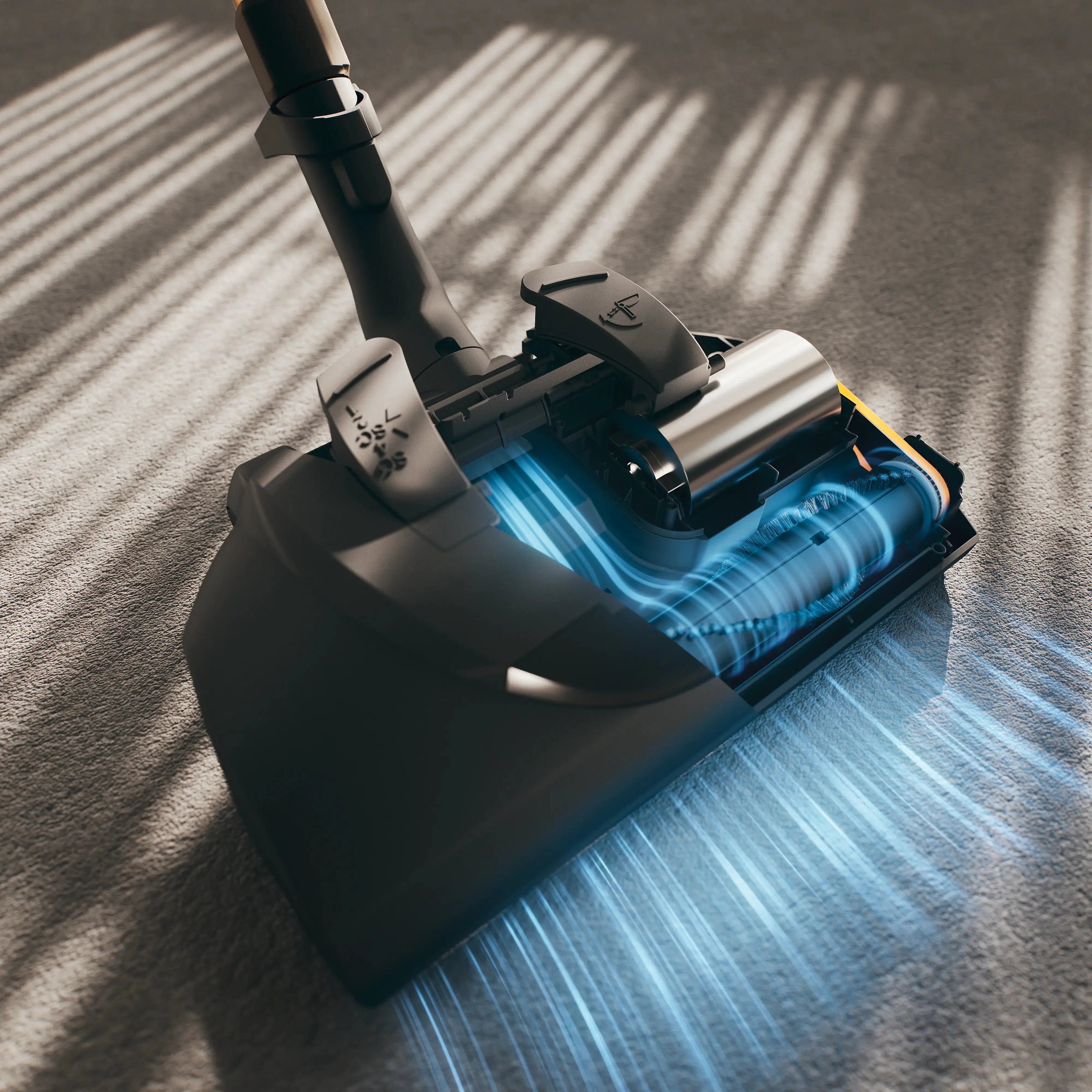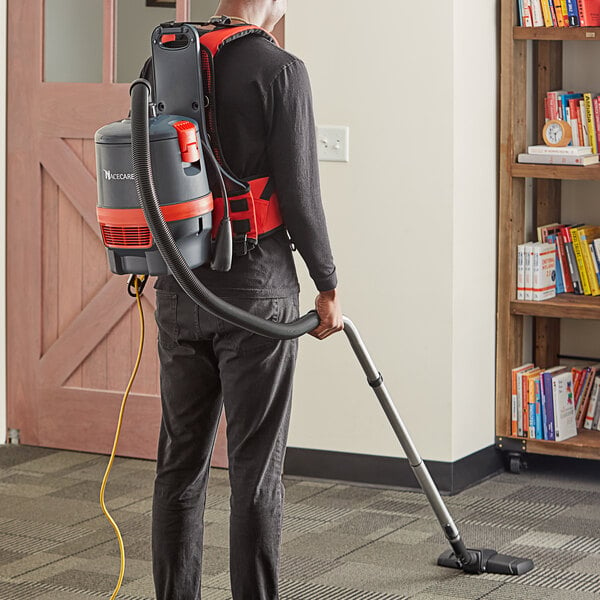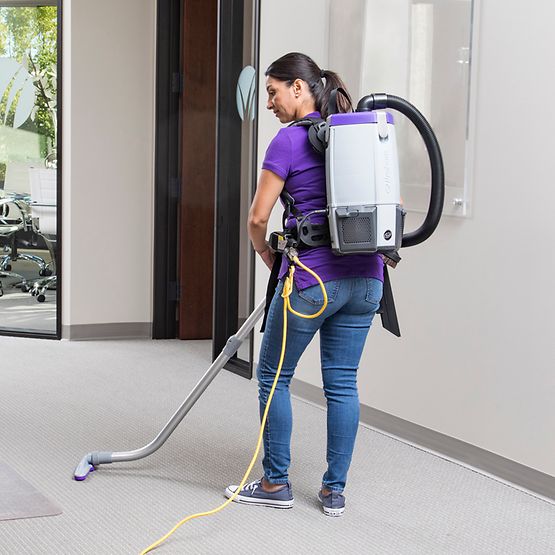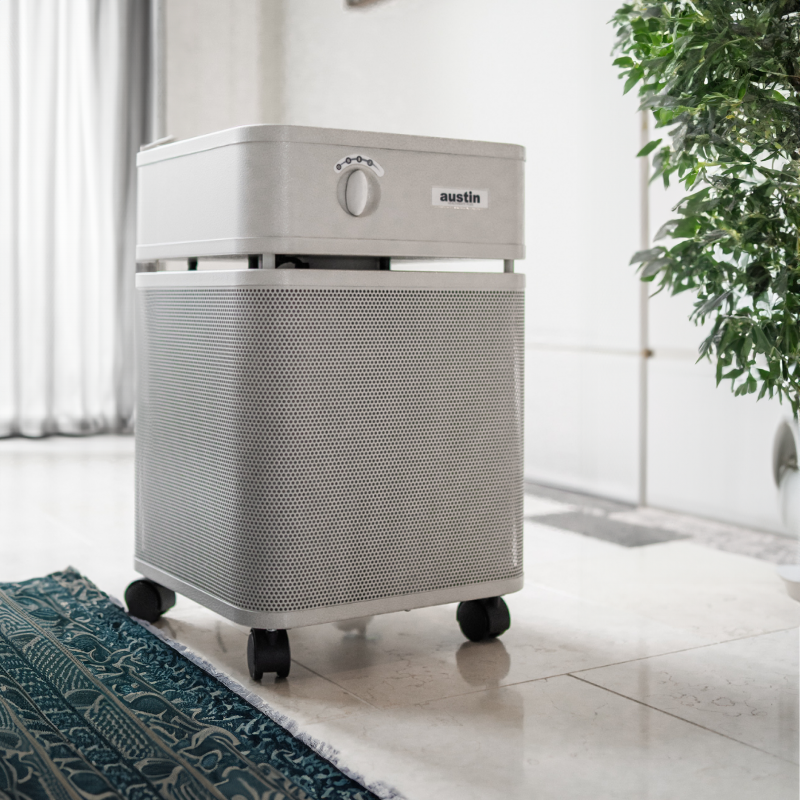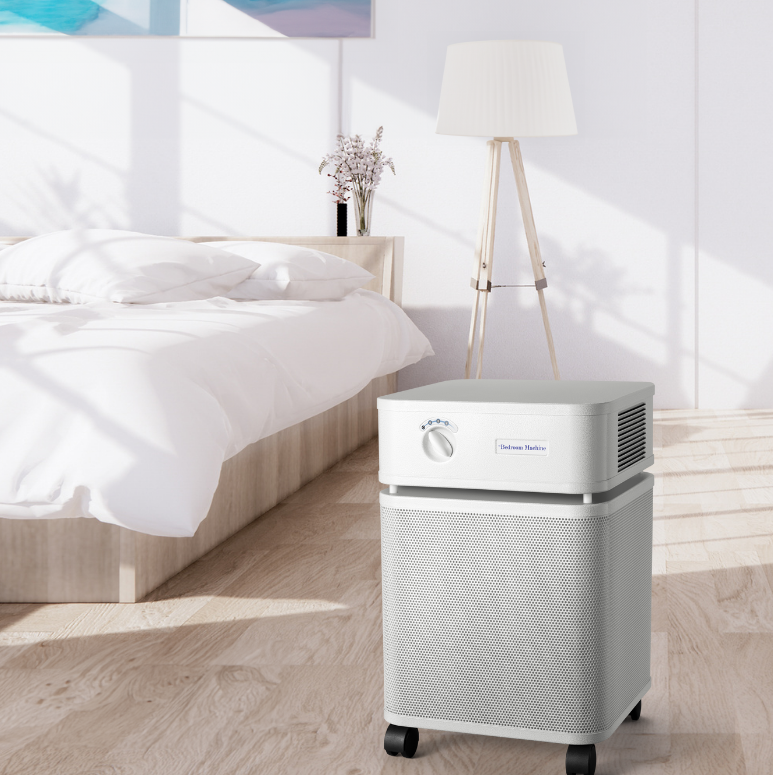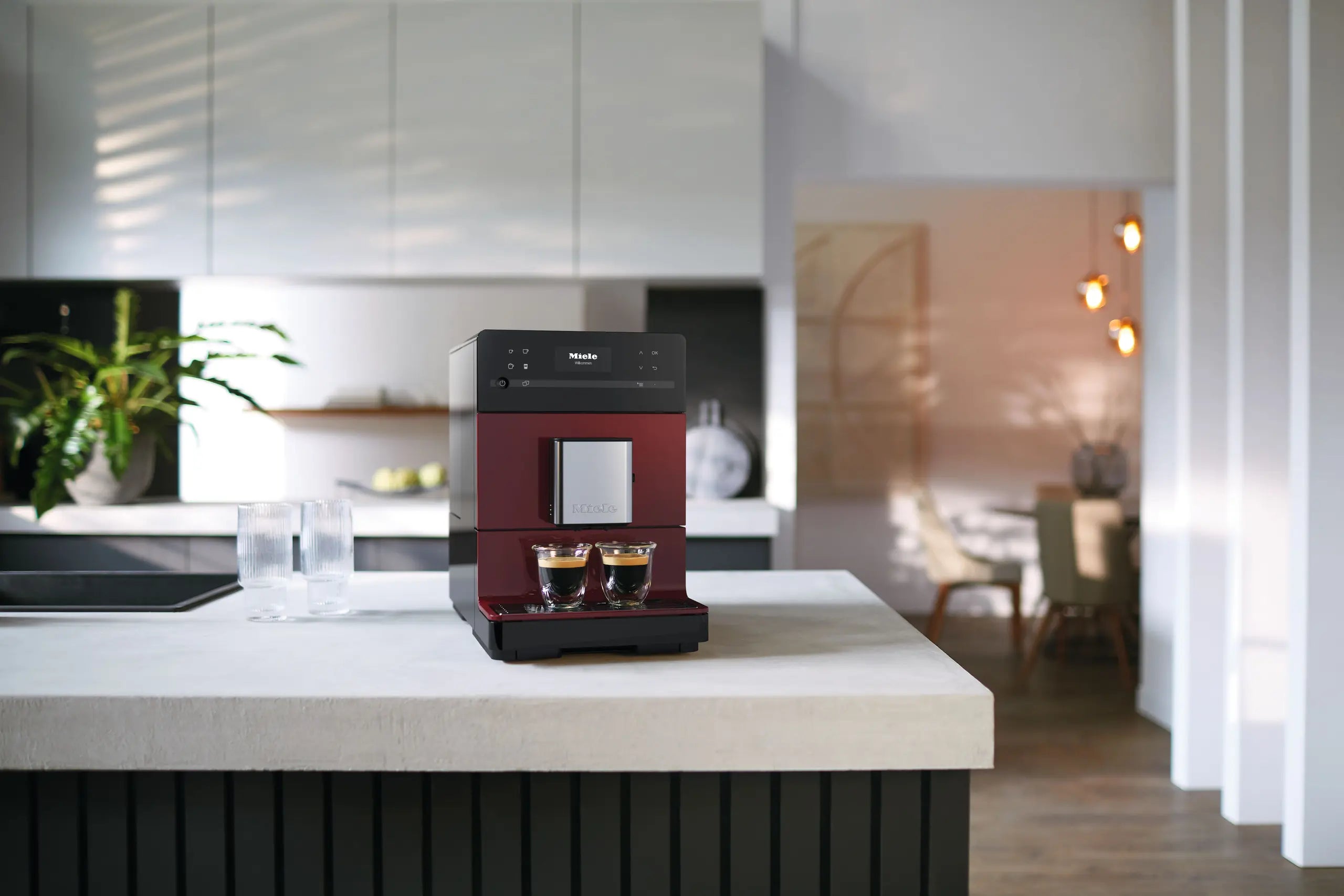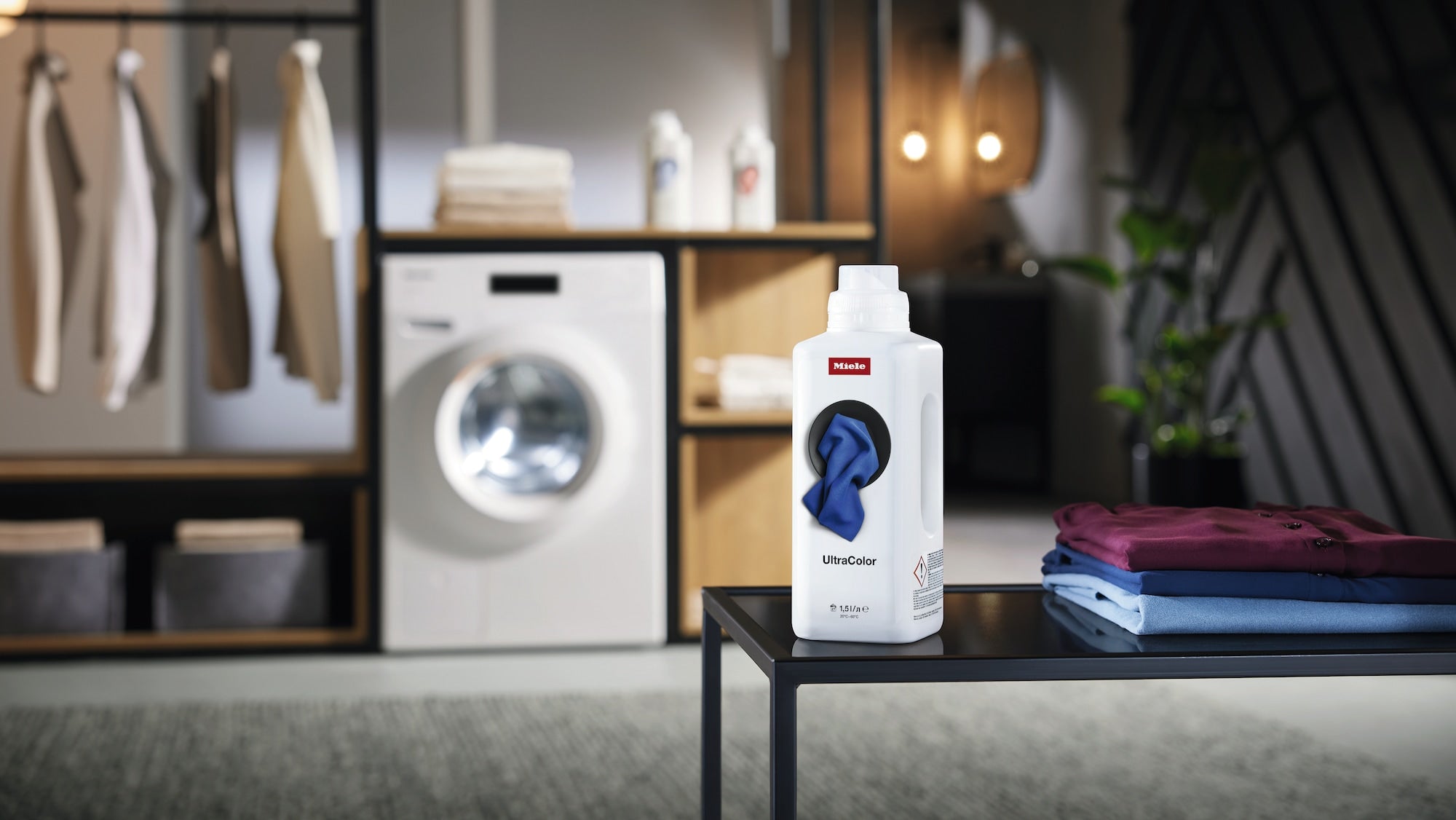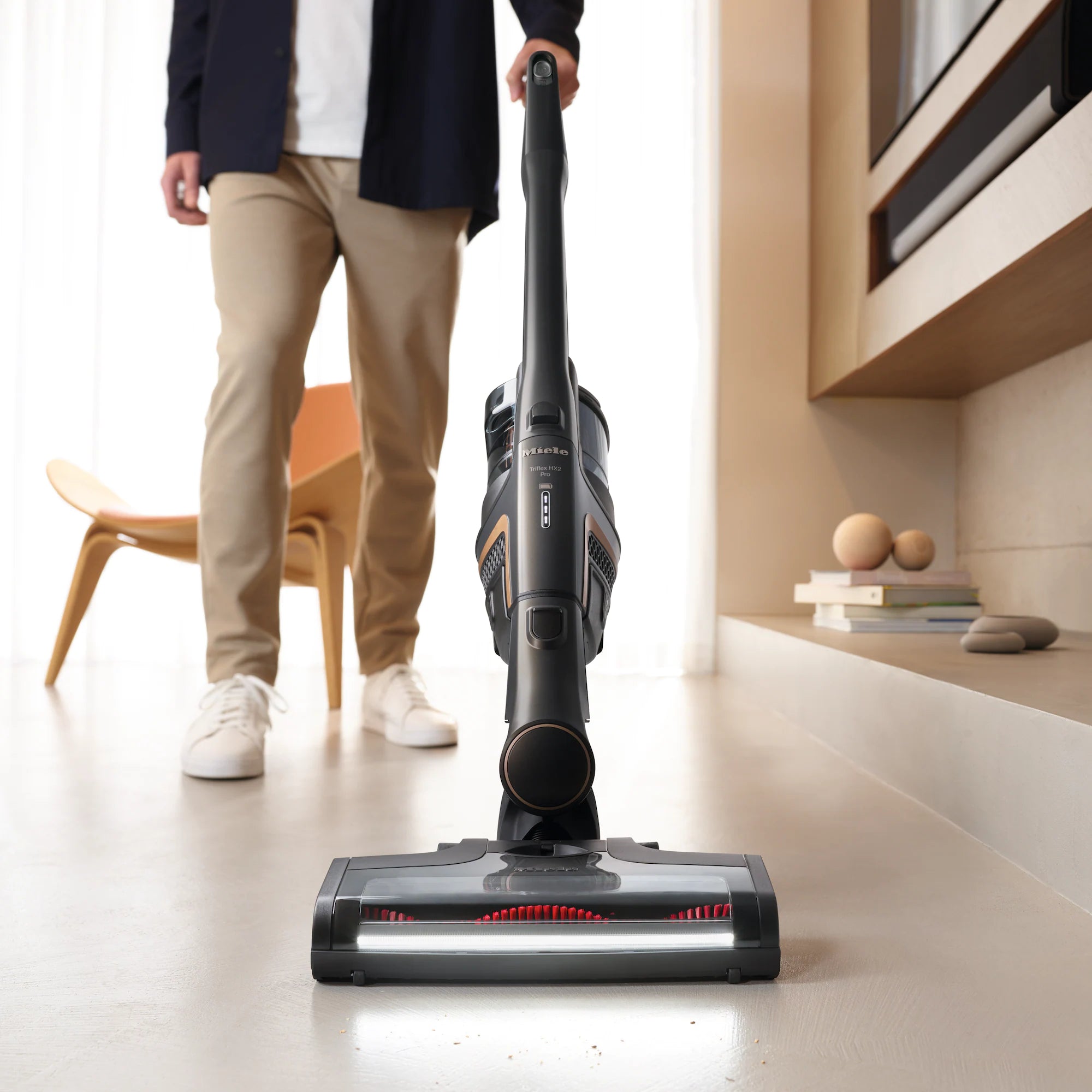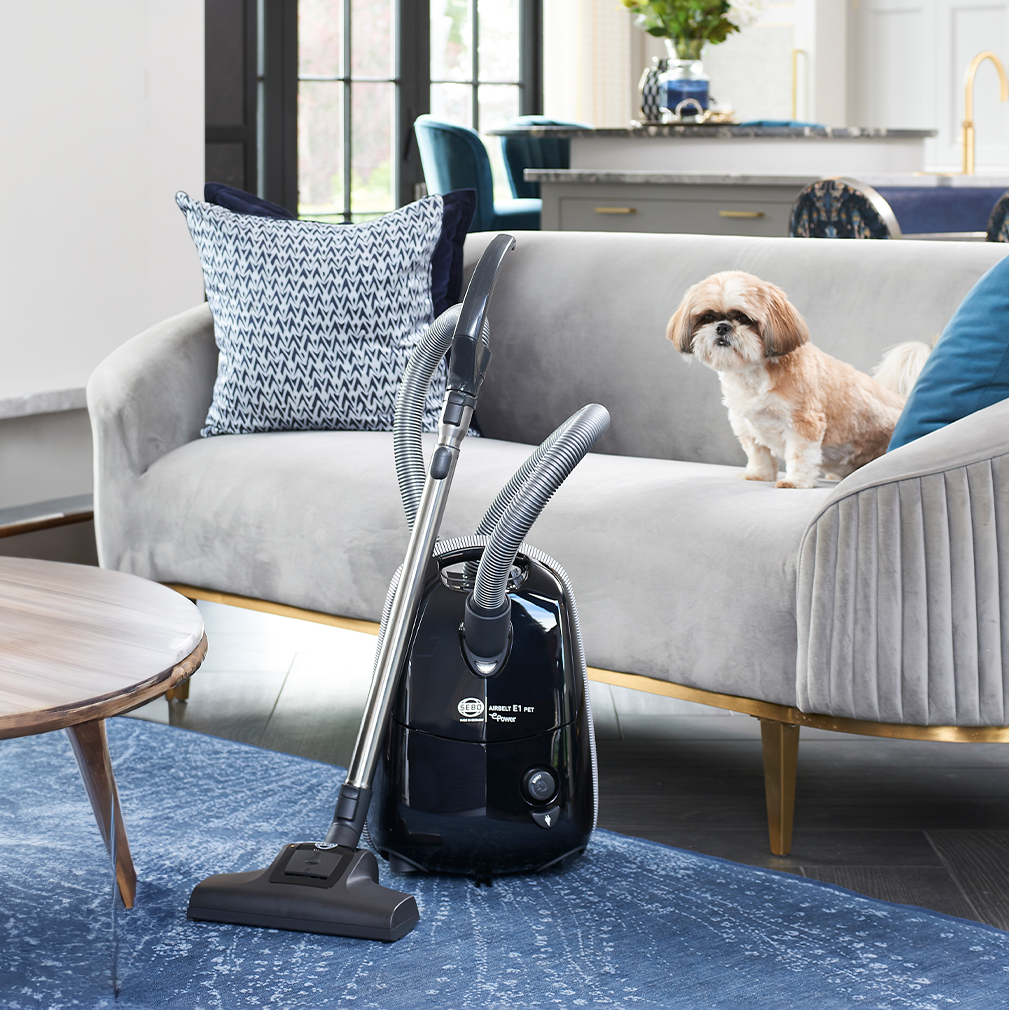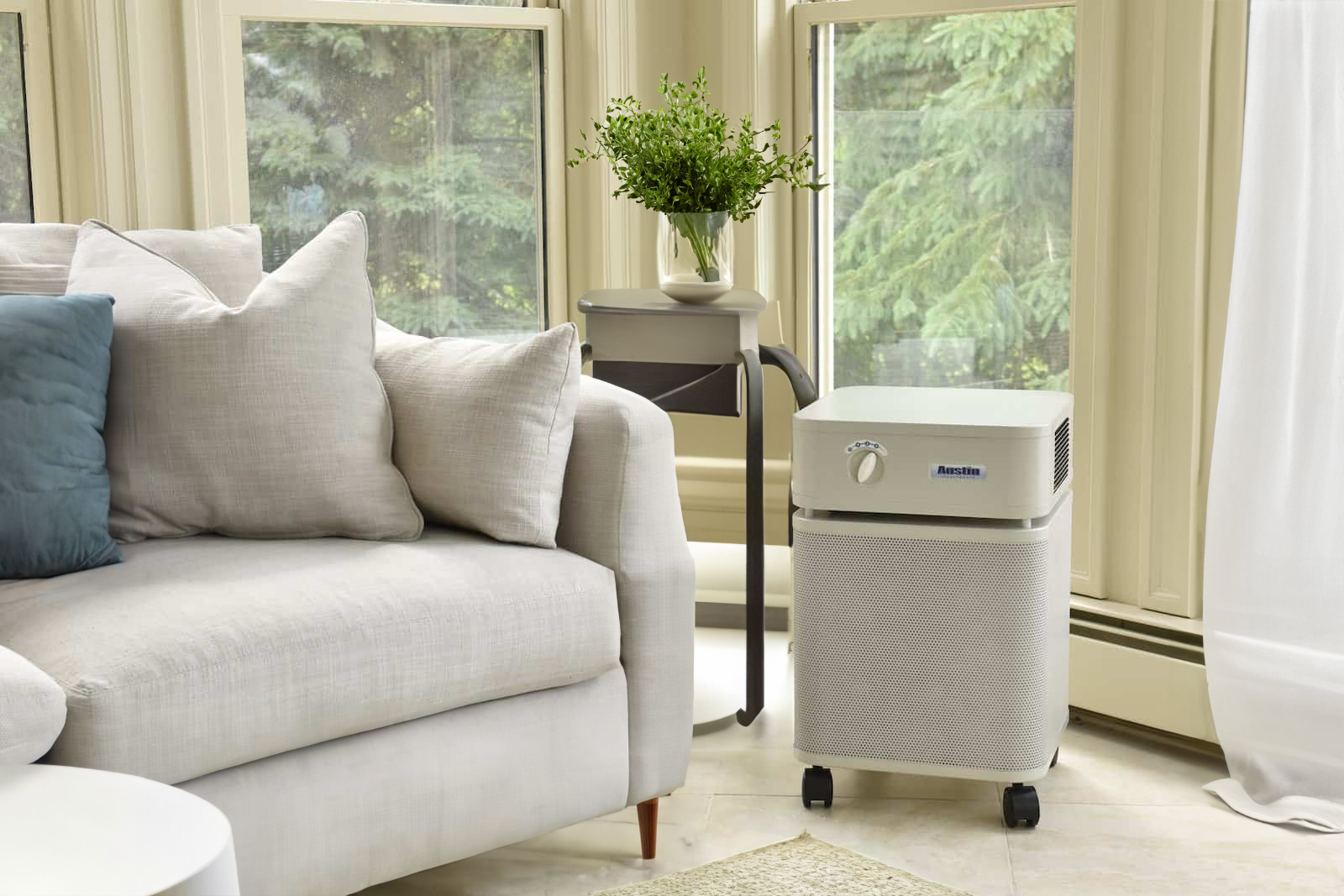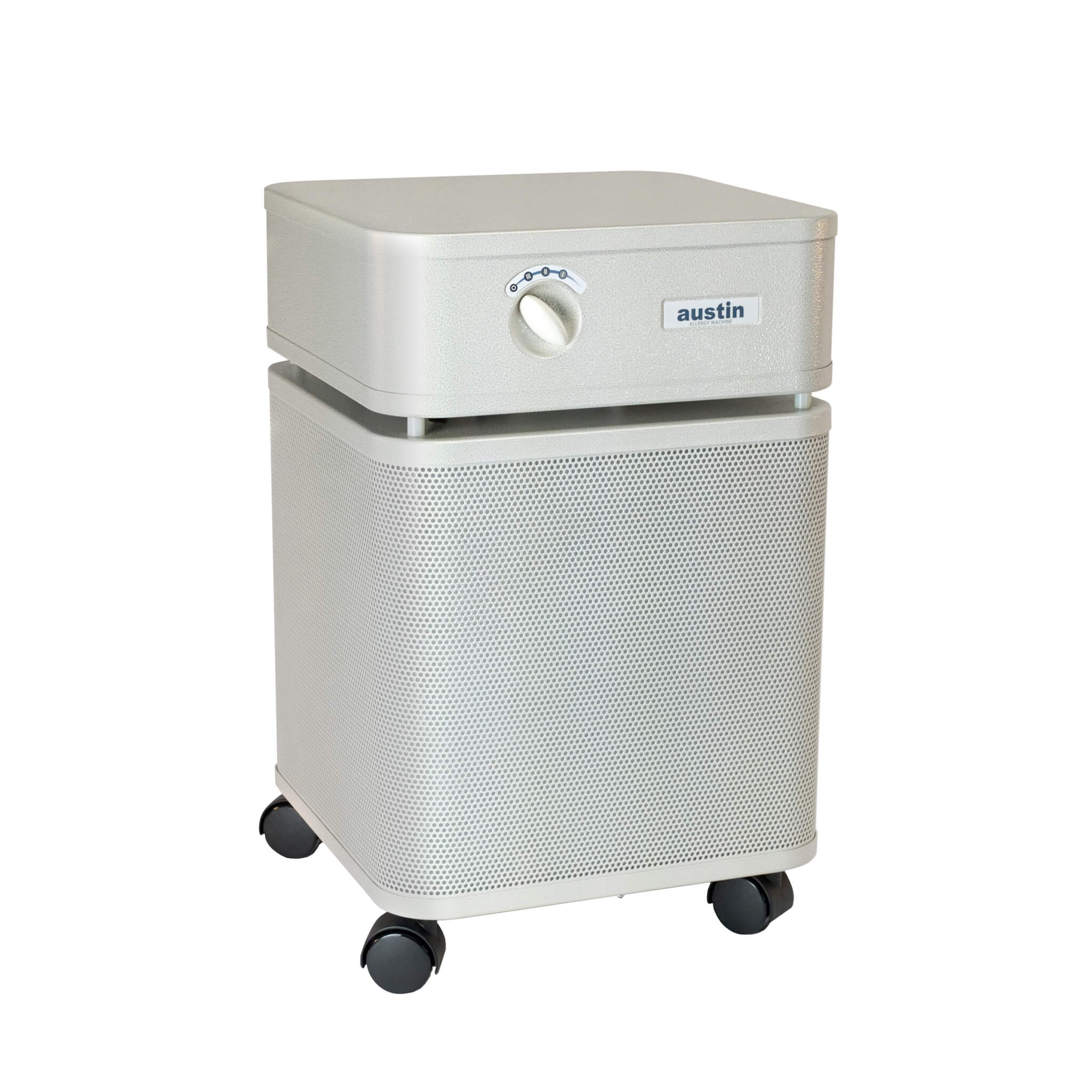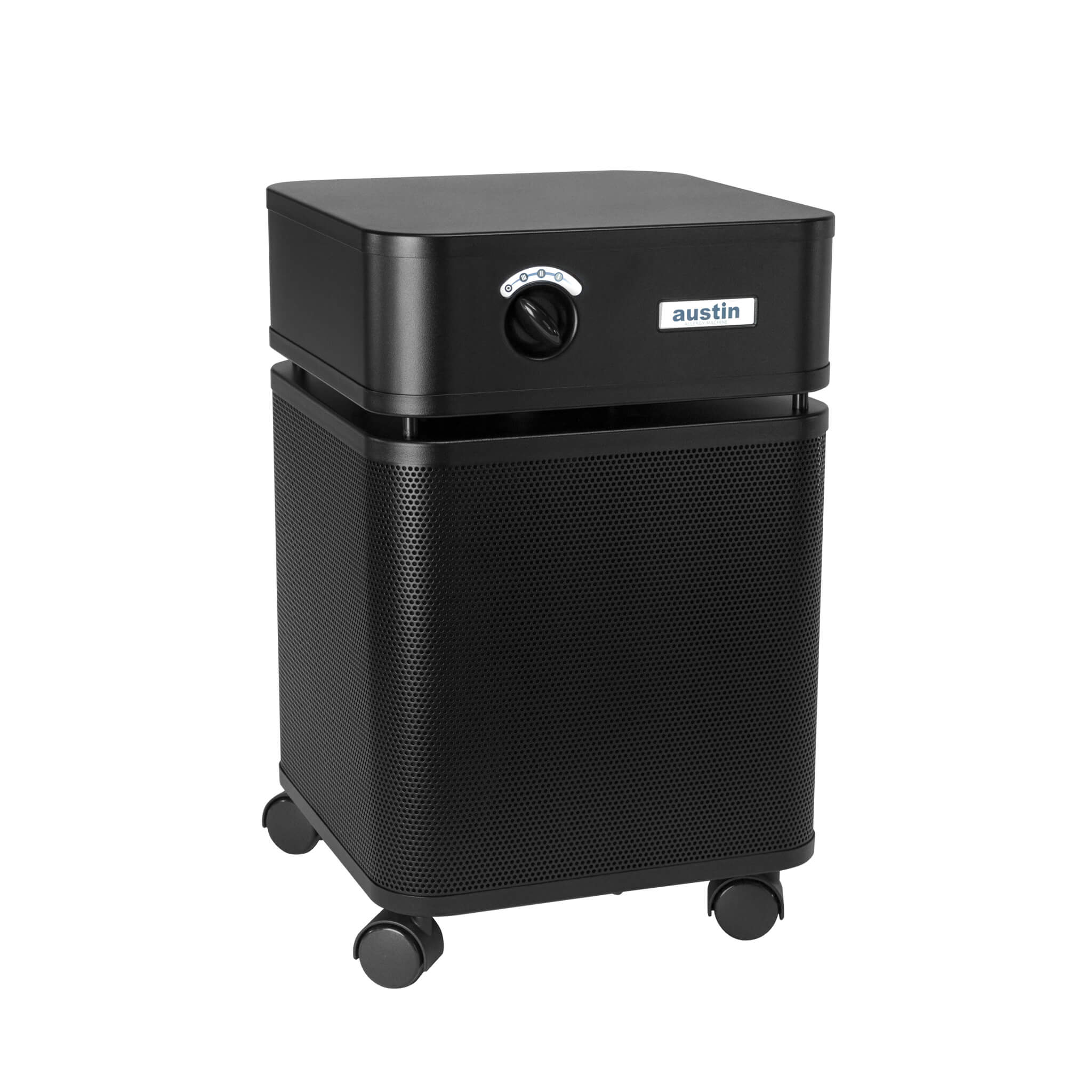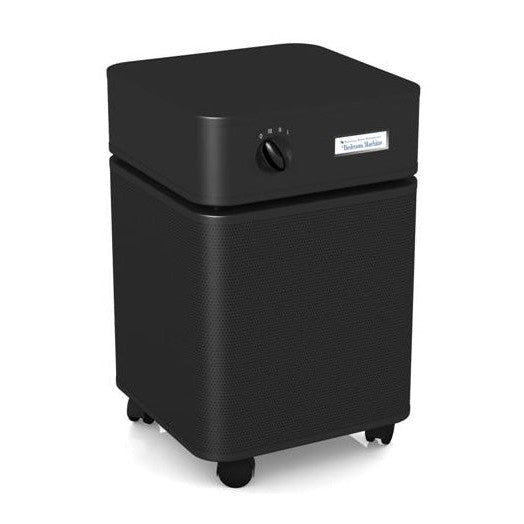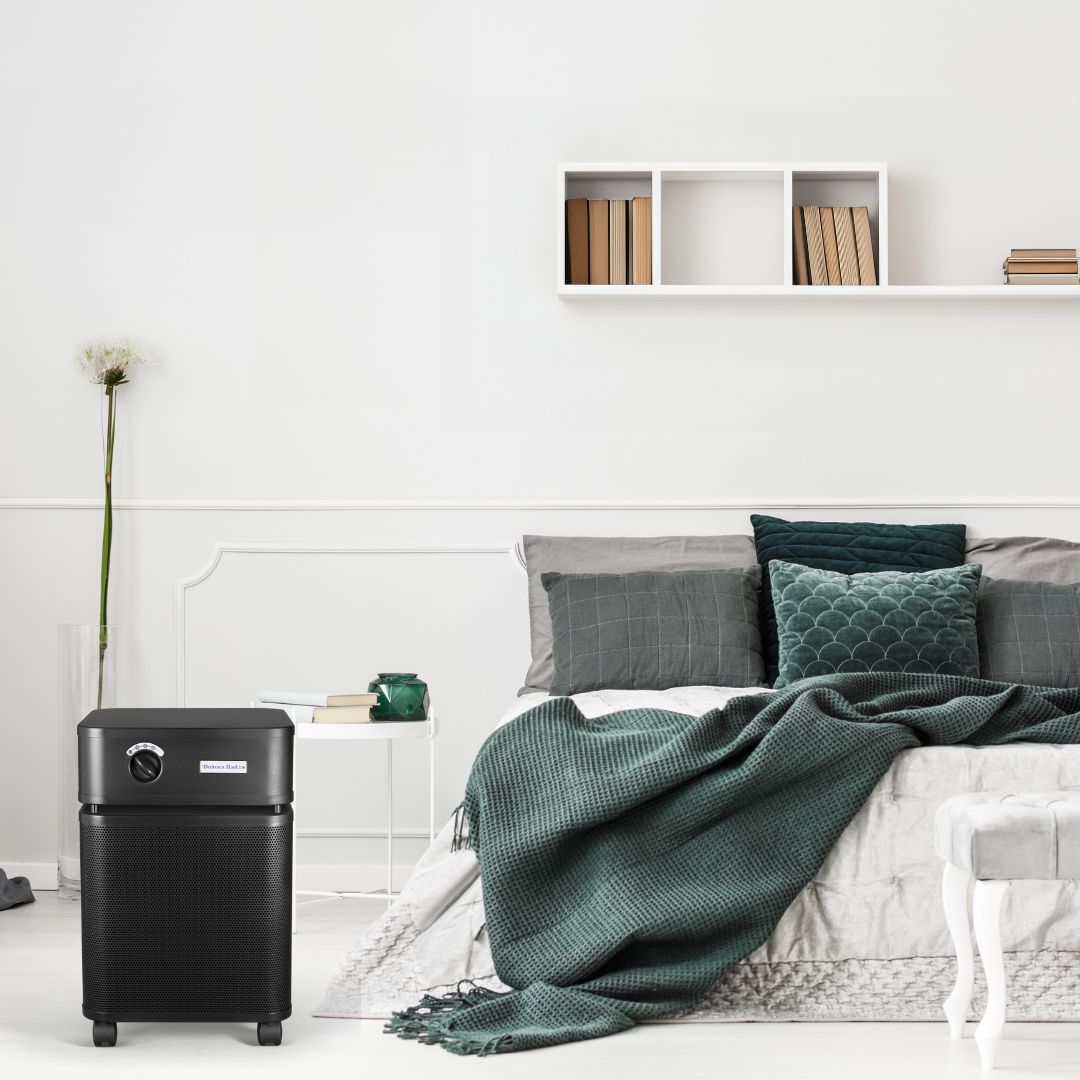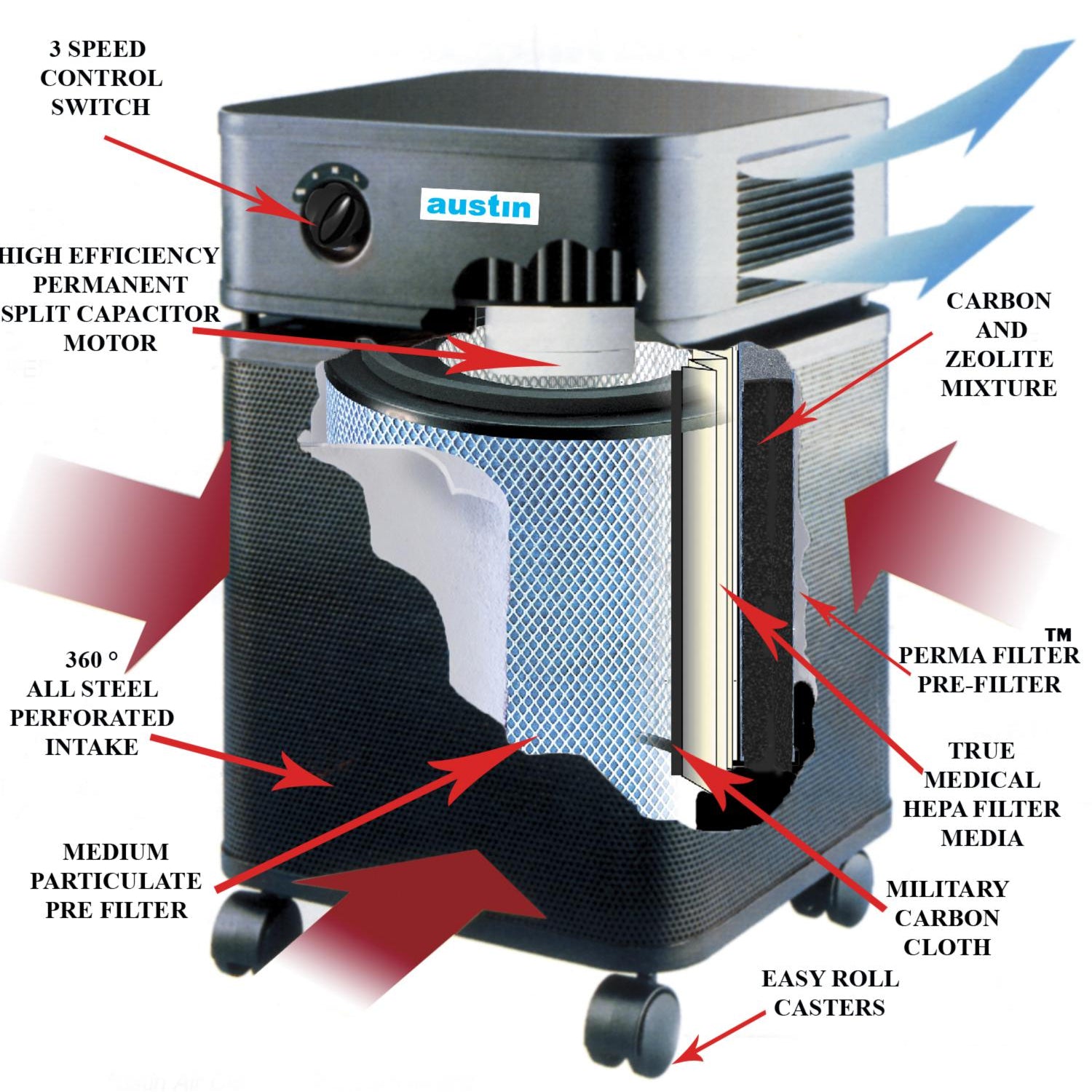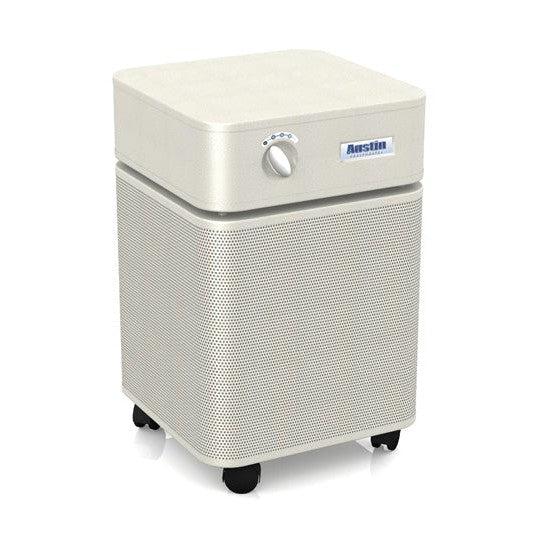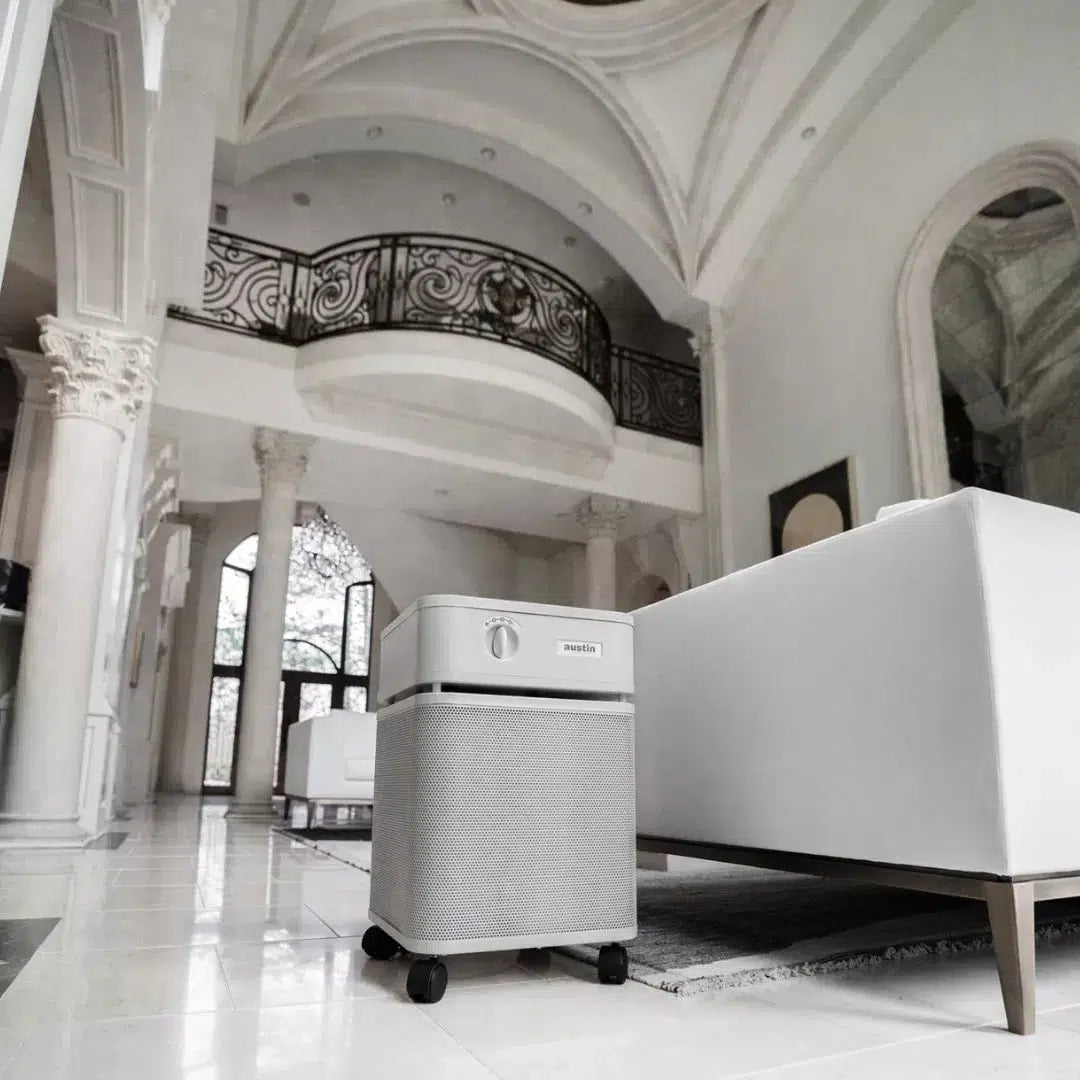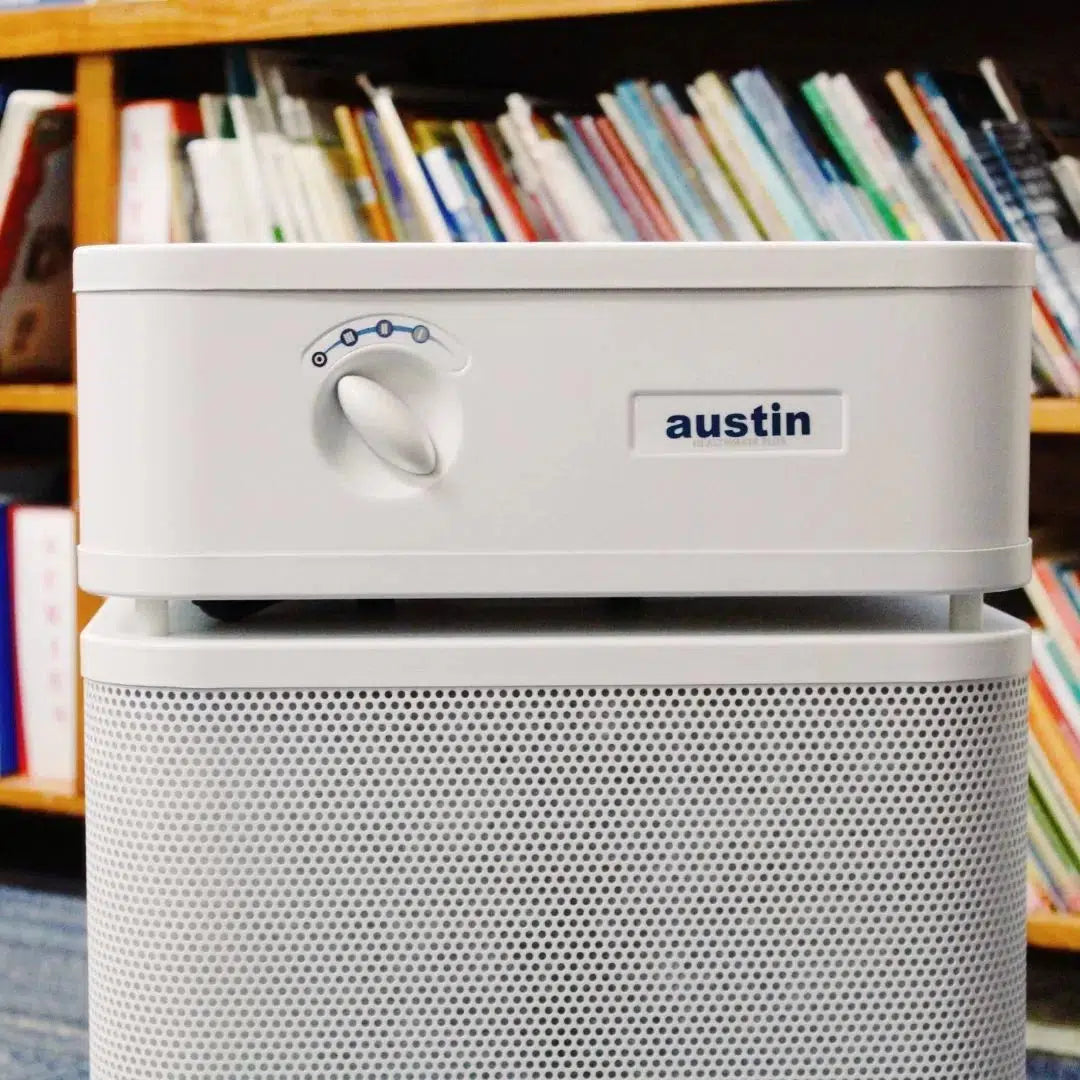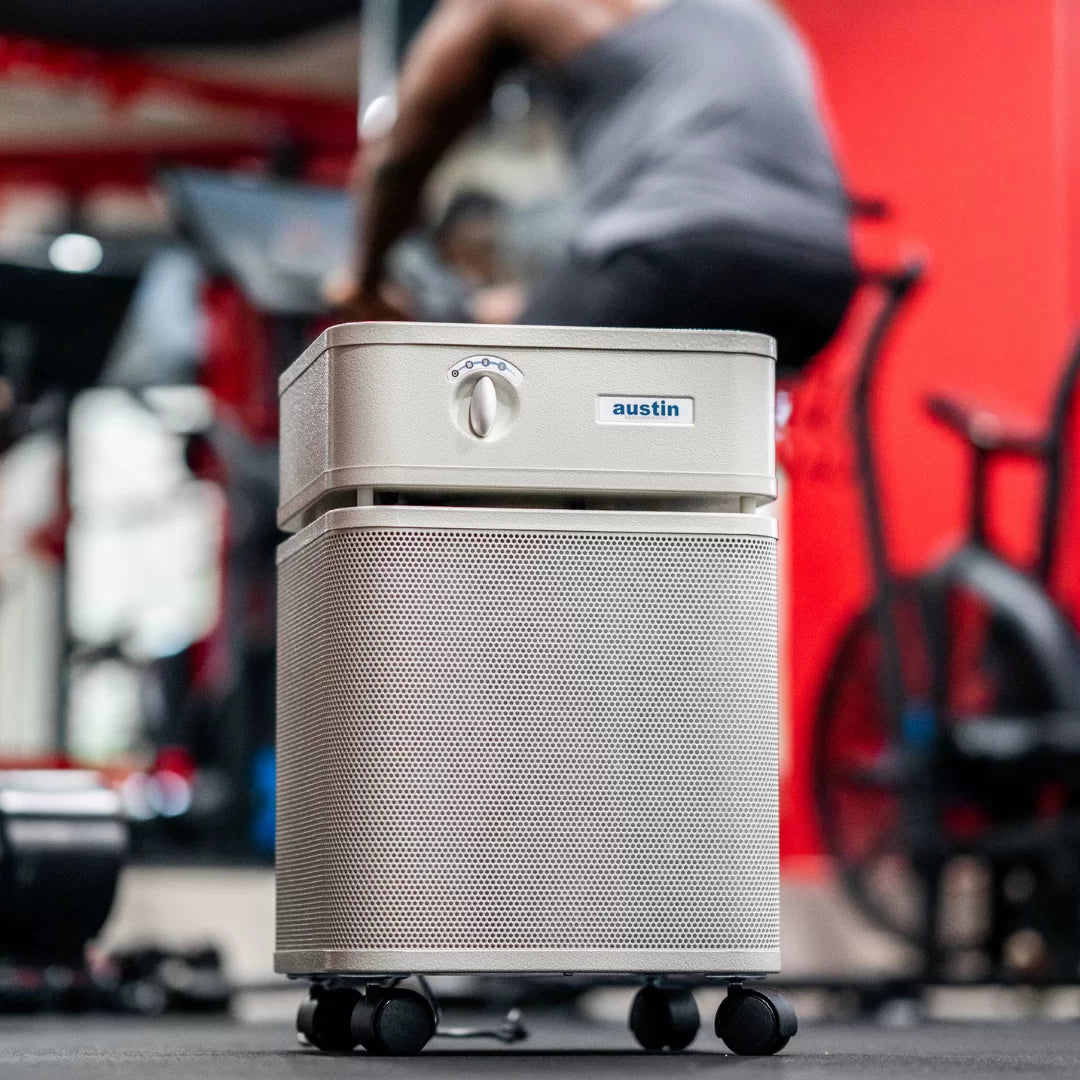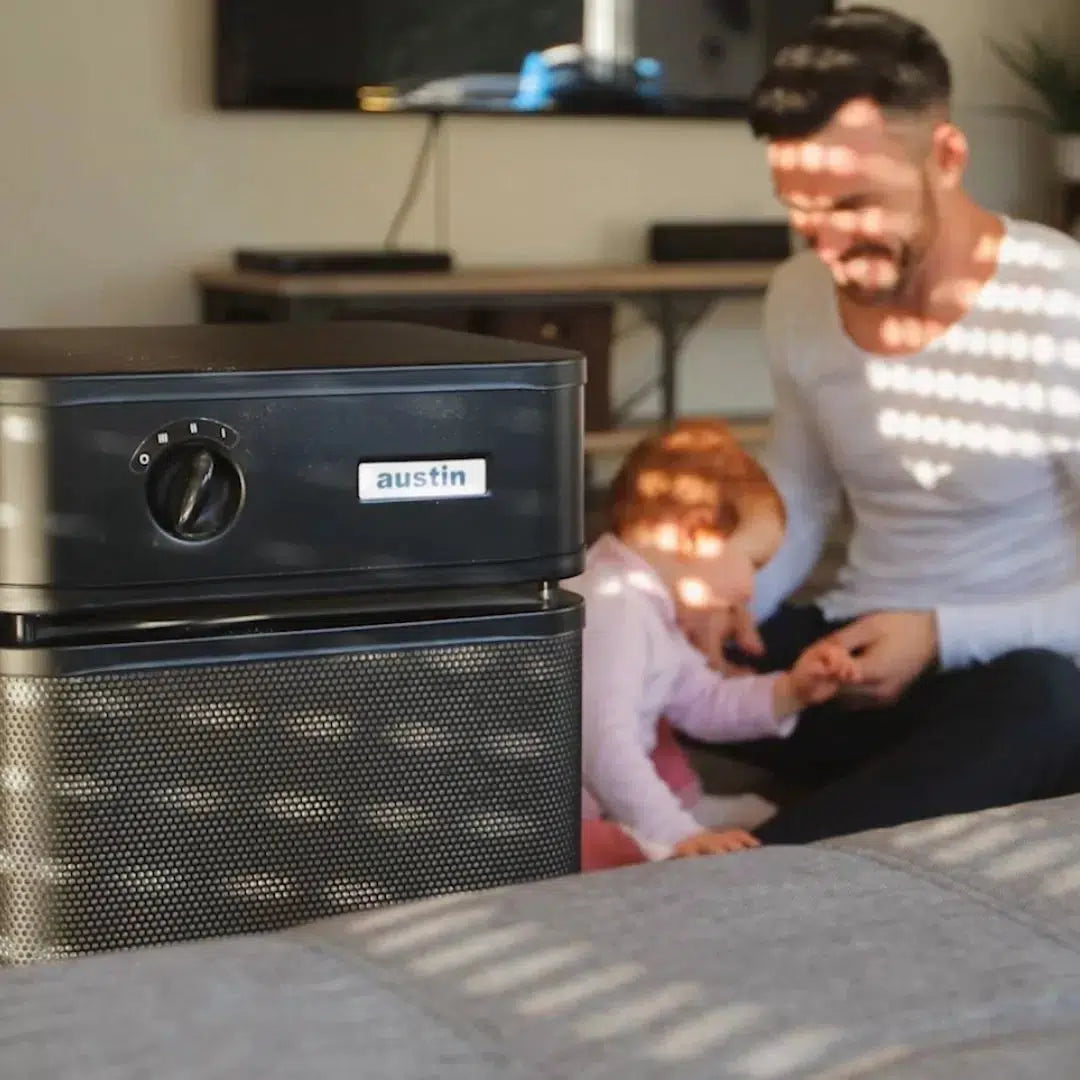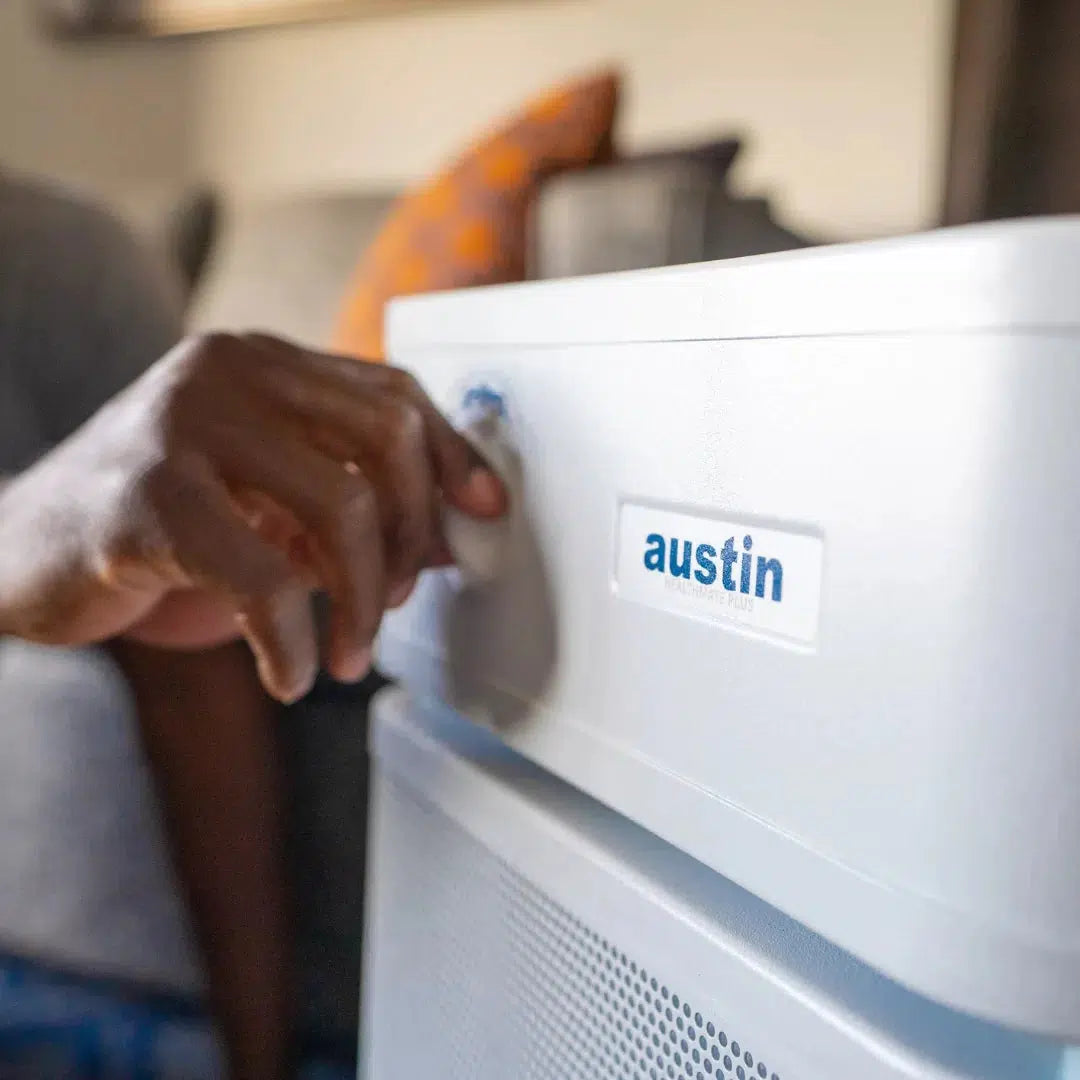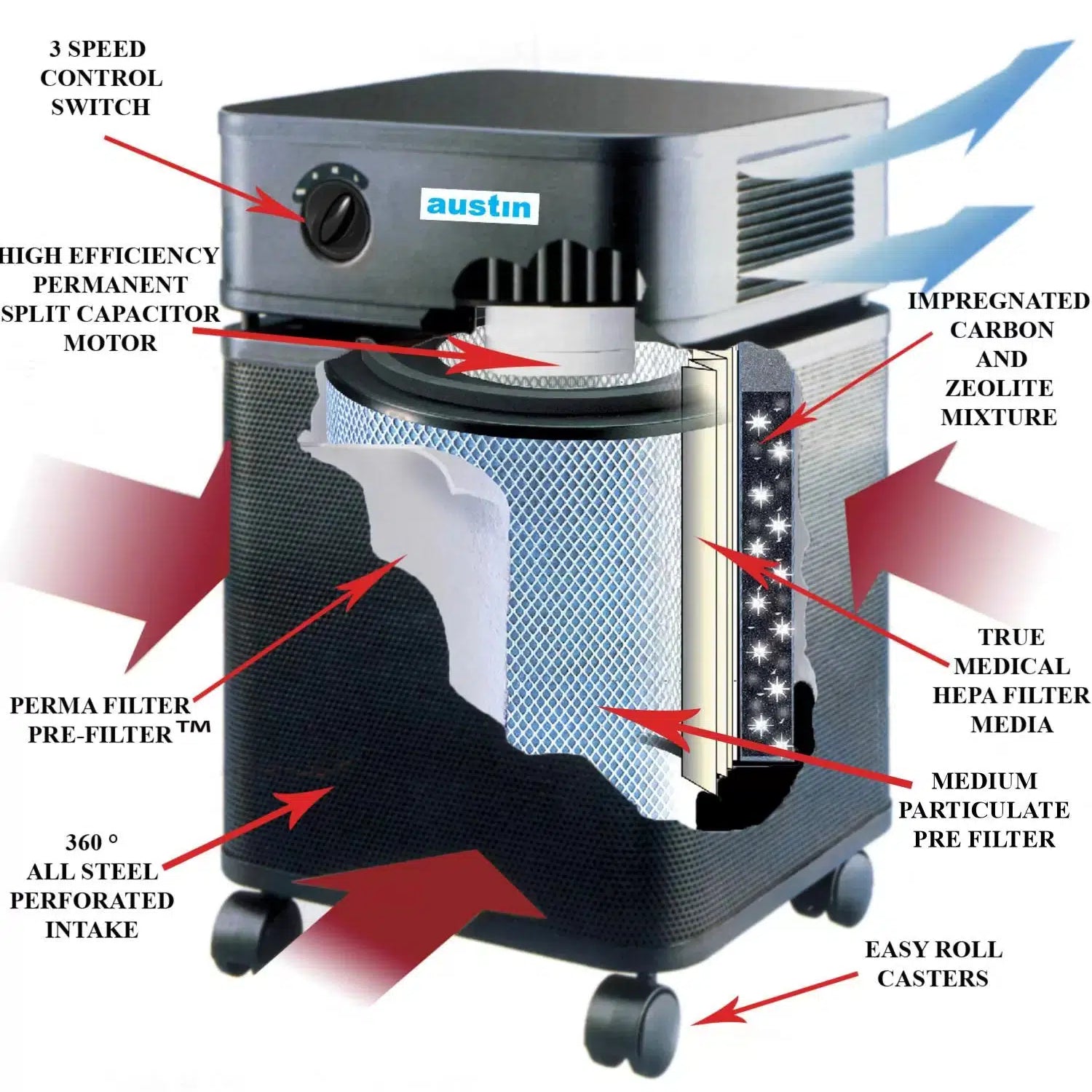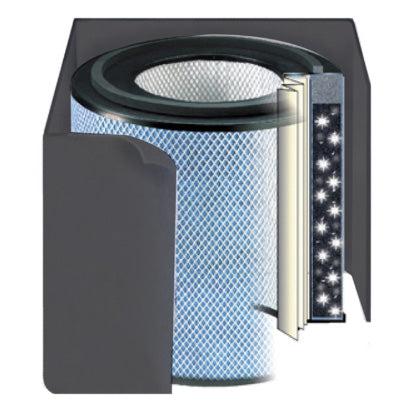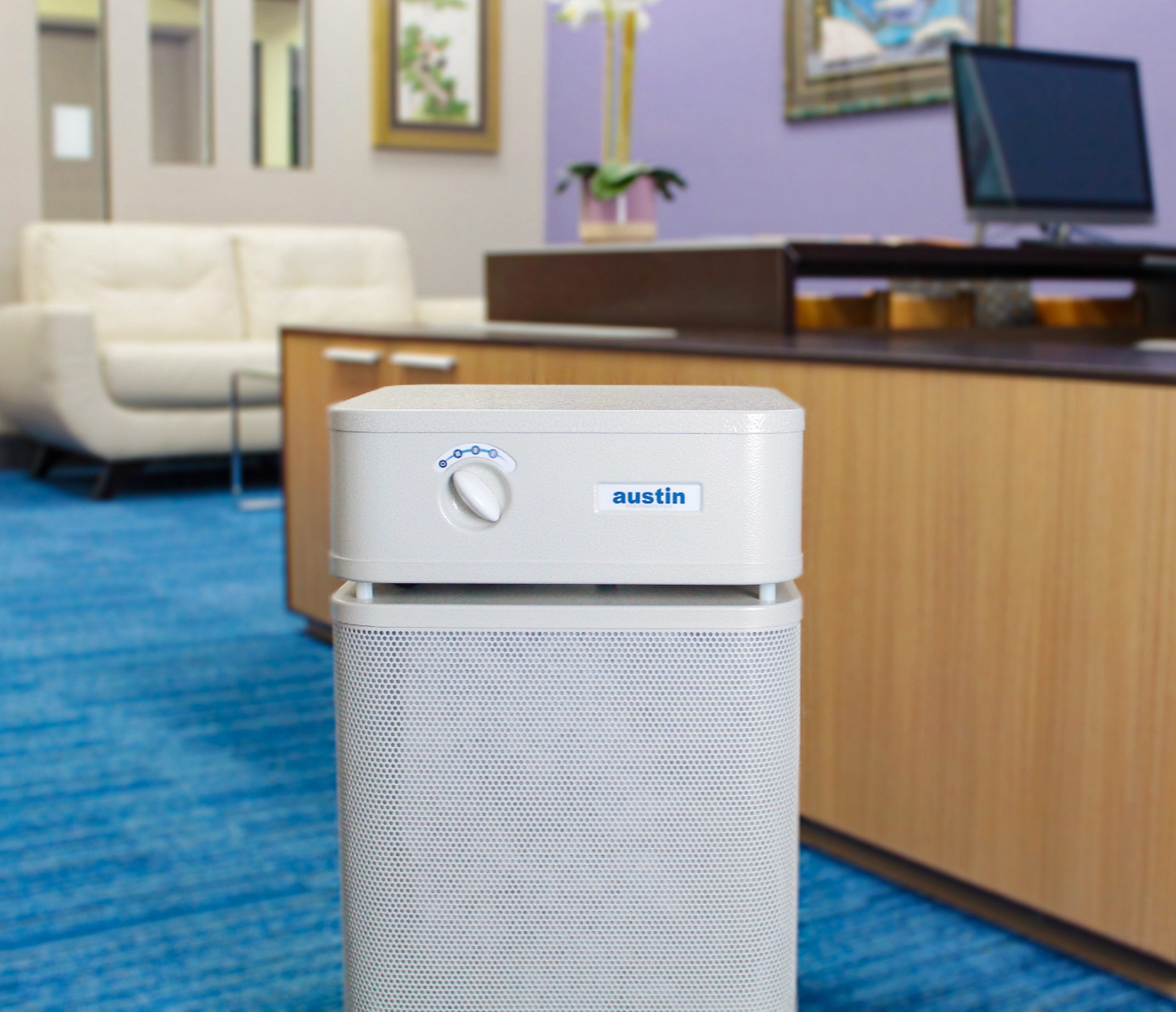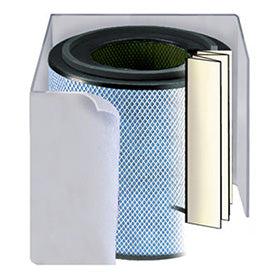Delving into the Functionality of Portable Air Purifiers
Portable air purifiers are engineered to combat indoor air pollution by effectively removing various types of pollutants. These pollutants typically fall into three main categories: particulate, gaseous, and biological contaminants.
In recent years, mounting scientific evidence has revealed that indoor air can often be more heavily polluted than outdoor air, with pollutant concentrations ranging from 2 to 5 times—and sometimes even up to 100 times—higher than those found outdoors. Considering that individuals typically spend approximately 90% of their time indoors, the potential health risks associated with polluted indoor air are significant, surpassing those of outdoor air pollution.
To address this issue, portable air purifiers serve as a vital tool in improving indoor air quality and safeguarding health. By understanding how these devices function and their role in creating healthier indoor environments, individuals can make informed decisions regarding their use in residential settings.
Understanding the Risks of Particle, Gaseous and Biological Pollutants
Particle Air Pollutants:
In indoor environments, particle pollutants pose significant health risks due to their ability to remain suspended in the air for extended periods. These tiny particles, which can include solids, liquids (in mist form), organic and inorganic compounds, and living organisms, have the potential to penetrate deep into the lungs upon inhalation, leading to acute or chronic health effects. For allergy sufferers, these particles may contain allergens like dust mite feces, pollen, molds, and animal dander, triggering allergic reactions and exacerbating respiratory conditions such as asthma. The U.S. EPA warns of a myriad of health effects associated with exposure to these particles, ranging from respiratory symptoms to decreased lung function and even lung cancer.
Gaseous Air Pollutants:
Indoor air can harbor a diverse array of gaseous pollutants originating from various sources, including combustion gases, building materials, cleaning products, and personal care items. These pollutants, emitted through processes like tobacco smoking, cooking, and the use of household chemicals, can lead to a range of adverse health effects, depending on their concentration and duration of exposure. Symptoms may include allergic reactions, respiratory irritation, and effects on multiple organ systems, potentially culminating in serious health conditions such as cancer.
Biological Pollutants:
Biological contaminants present in indoor air encompass a broad spectrum of living organisms, including dust mites, molds, bacteria, viruses, and pollen. Originating from sources such as plants, animals, and human activities, these pollutants can trigger allergic reactions, respiratory infections, and other adverse health outcomes. Additionally, some biological contaminants, such as molds and bacteria, may release toxins that further exacerbate health issues. Infectious diseases like flu and tuberculosis can also be transmitted through the air, highlighting the importance of addressing biological pollutants in indoor environments.
Exposure to indoor air pollutants can manifest in a range of health effects, from mild symptoms like coughing and sneezing to more severe conditions such as asthma attacks and respiratory infections. Certain groups, such as individuals with allergies or pre-existing respiratory conditions, may be particularly vulnerable to the adverse effects of indoor air pollution. Moreover, the persistence of biological pollutants in indoor environments underscores the need for comprehensive strategies to mitigate exposure and safeguard indoor air quality.
Understanding the diverse array of indoor air pollutants and their associated health risks is essential for implementing effective mitigation measures. By addressing sources of pollution, improving ventilation, and utilizing air purification technologies, individuals can minimize exposure to harmful pollutants and create healthier indoor environments for themselves and their families.
Strategies to Improve Indoor Air: Source Control, Ventilation, and Air Purifiers
There are three basic strategies to improve indoor air. These are source control, increasing ventilation and the use of air purifiers.
When there is an obvious source of indoor air pollution, especially gaseous compounds, such as from a malfunctioning gas heater or smoking indoors, source control is, naturally, the most sensible solution. However, when the initial source of the problem is polluted outdoor air, there is no way to effect source control. And, in the case of certain allergens, there is no practical method of source control. The second strategy of increased or improved ventilation also makes good sense. Increased ventilation has two major drawbacks. The first is the cost of heating or cooling outside air brought into the home. The second is that, in the case of allergy sufferers, outside air may contain many of the allergens that cause the problem in the first place.
The third strategy is the use of air purifiers, also known as portable room air cleaners. Air purifiers fall into two classes; whole house systems that are typically incorporated into the forced air heating, ventilation and air conditioning (HVAC) system and portable models that are designed to purify the air in a single room or group of rooms. The principles employed in whole house and portable air purifiers are basically the same, although the way those principles are applied may differ in order to address the technical challenges of each application. Whole house air cleaners are able to reduce contaminants in indoor air, but not to the degree that portable units can. And, whole house units that perform well may be quite expensive. Although helpful, whole house air purifiers have their limitations.
Because portable room air purifiers can deliver much higher levels of clean air into a defined space, they may be used as an excellent companion to a whole house air purifier, for example, in bedrooms or other rooms where the home's occupants spend most of their time. In homes that do not use forced air heating and cooling, portable air purifiers are the only option.
Particle Removal Methods in Portable Air Purifiers: Mechanical Filtration, Electrostatic Precipitation and Negative Ion Generation
Mechanical Filtration:
One common method for removing particle pollutants from indoor air involves mechanical filtration. These air purifiers typically consist of a fan and one or more filters designed to capture particles as air passes through. The filters, often pleated to maximize surface area, trap particulates, including very small ones, without significantly impeding airflow. High Efficiency Particulate Air (HEPA) filtration, capable of capturing 99.97% of particles as small as 0.3 micrometers, is a notable specification indicating effective mechanical filtration.
Electrostatic Precipitation:
Another approach is electrostatic precipitation, where particles in incoming air are charged by an electrical field and then deposited onto oppositely charged collector plates. These units, known as electronic air cleaners or electrostatic precipitators, offer efficient particle removal. However, they may produce ozone, a respiratory irritant, as a by-product, posing potential health risks, despite claims of minimal ozone emission by some manufacturers.
Negative Ion Generation:
Some air purifiers utilize negative ion generation to charge particles in the air, causing them to adhere to surfaces rather than remain airborne. While this method may improve indoor air quality by reducing airborne particles, it often leads to soiling issues as particles settle on surfaces throughout the room. Additionally, negative ion generators may emit ozone, raising concerns about potential health hazards associated with ozone exposure.
Hybrid air purifiers combine multiple of these technologies, such as mechanical filtration and ion generation, aiming to enhance particle removal efficiency. However, the effectiveness of these units and their potential ozone emission levels require careful evaluation. Claims of improved indoor air quality and health benefits associated with negative ion generation or plasmacluster technology should be critically assessed, considering potential ozone production and conflicting research findings.
While portable air purifiers offer various methods for particle removal, including mechanical filtration, electrostatic precipitation, and negative ion generation, consumers should consider factors such as filtration efficiency, ozone emission, and maintenance requirements when selecting a suitable unit for their indoor environment. Evaluating product specifications, such as HEPA filtration and Clean Air Delivery Rate (CADR), can help make informed decisions to improve indoor air quality effectively and safely.
How Portable Air Purifiers Remove Gases and Odors: Specialized Filters (Activated Charcoal, Etc.)
Mechanical air purifiers often employ specialized filters, such as activated charcoal, to capture odors and gaseous pollutants through a process called adsorption. Activated charcoal, treated with oxygen to create a high surface area, traps gases in countless bonding sites as air passes through. Some filters use chemisorbents, chemically treated materials like potassium permanganate or copper oxide, to target specific gases.
The effectiveness of gas removal filters depends on various factors, including the type and concentration of pollutants, airflow through the filter, humidity levels, and the characteristics of both pollutants and filter material. Filters have a limited capacity and may become less effective as they fill up, eventually requiring replacement.
There are concerns about the reemission of pollutants captured by activated charcoal filters, particularly at lower concentrations. While these filters excel at removing odors, they may not adequately remove all gaseous pollutants, especially at lower concentrations commonly found in indoor air. Further testing is needed to determine the effectiveness of these filters and their useful lifespan.
Some manufacturers offer air purifiers with specialized gas removal filters designed for specific chemical contaminants. However, these filters may only reduce low concentrations of pollutants, and their performance depends on various environmental factors. While air purifiers can help control odors and gases to some extent, they may not eliminate all gaseous pollutants present in indoor air.
It's crucial to identify and address the source of gaseous contaminants in indoor environments whenever possible. Increased ventilation may also help dilute pollutants. While air purifiers can contribute to improving indoor air quality, they should not be relied upon as the sole solution for addressing gaseous pollutants.
How Portable Air Purifiers Remove Biological Contaminants: HEPA Filters, UV Technology, Incineration Technology and Ozone Generators
Mechanical HEPA Filtration
Portable air purifiers utilize mechanical HEPA filtration to remove a variety of biological pollutants, including pollen, pet dander, and allergens found in dust mite feces. HEPA filters can also capture bacteria and viruses larger than 0.3 micrometers in size.
Ultraviolet (UV) Light Technology
Some air purifiers incorporate short-wave UV (UVC) light, often in conjunction with mechanical filtration, to eliminate bacteria, viruses, germs, mold, fungi, and spores. Despite varying effectiveness against different microorganisms, UVC light has a proven track record in diverse applications, including water purification and sterilization in medical and industrial settings.
Incineration Technology
A newer method involves incineration, where air is drawn into the purifier and microorganisms are incinerated at temperatures around 400°F. This process effectively reduces biological contaminants without adding heat or producing ozone. Incineration technology offers a maintenance-free solution, with no filters to replace or clean, and operates silently.
Ozone Generators
Despite marketing claims, ozone generators are not effective for removing biological pollutants and may pose health risks. The U.S. EPA does not recommend their use for indoor air purification.
Also, addressing underlying causes of biological contamination, such as excess moisture and poor ventilation, is essential. Good housekeeping practices, proper maintenance of water-related appliances, and regular cleaning with HEPA filtration vacuum cleaners contribute to reducing biological pollutants in indoor air.
Types of Portable Air Purifiers
Numerous air purifier models are available, employing various purification methods alone or in combination. These devices aim to reduce particle pollution, including biological contaminants, while some focus on eliminating gaseous pollutants and odors through specialized filters. Others utilize UVC light or incineration to kill biological contaminants, with a secondary benefit of reducing harmful particles. Some designs offer comprehensive solutions, targeting particles, gases, and biological pollutants simultaneously.
Key Considerations
Efficient removal of small pollutants is vital, typically achieved through High Efficiency Particulate Air (HEPA) filtration. HEPA filters are designed to capture 99.97% of particles as small as one-third of one micrometer in size, crucial for mitigating health risks and addressing allergies. However, not all air purifiers labeled as HEPA are equal; airflow capacity, filtration efficiency, and noise levels must be considered.
Clean Air Delivery Rate (CADR) combines airflow and filtration efficiency, providing a comprehensive specification for performance. Noise levels are also significant, particularly when powerful fans are used to push air through dense filters. Some manufacturers achieve certified HEPA filtration with high airflow while maintaining low noise levels, utilizing expertise in medical filtration systems.
Enhanced Filtration Techniques
Certain manufacturers employ innovative techniques to improve filtration efficiency. One method involves charging incoming airflow with negative ions, enhancing particle adhesion to filters without generating excessive ozone. Another approach releases negative ions into the ambient air to cluster pollutants for easier removal, although concerns about ozone release remain.
Ultimately, the effectiveness of these methods in achieving HEPA-level filtration and maintaining low noise levels varies among manufacturers. Careful consideration of filtration technology, airflow capacity, and noise levels is essential when selecting an air purifier.


